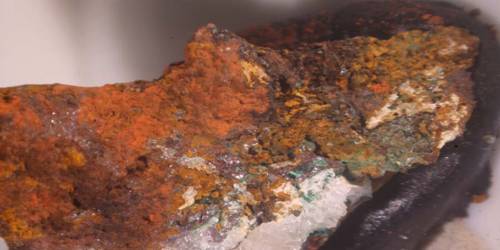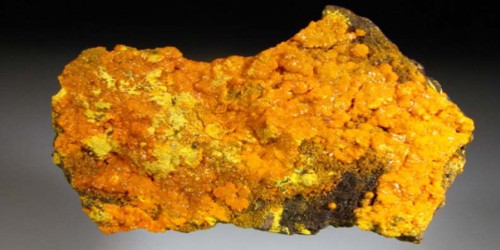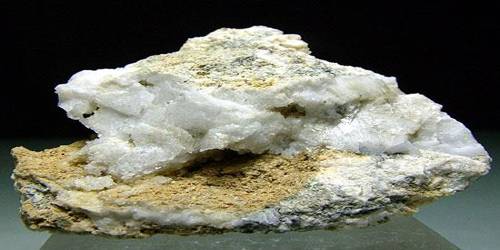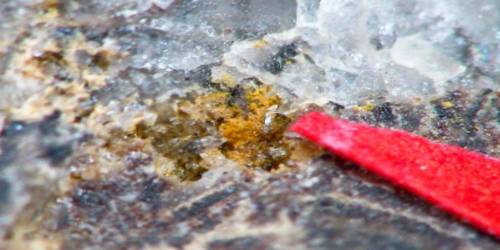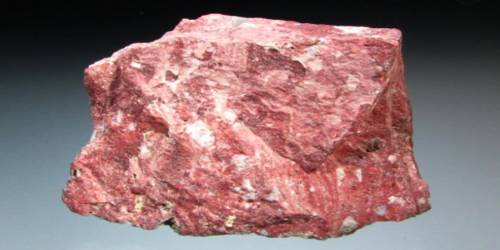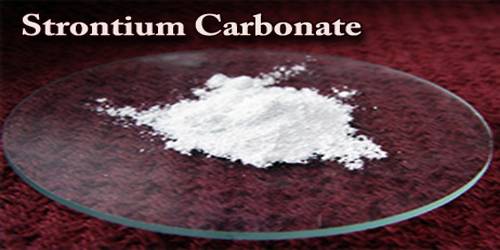Coccinite is a rare mercury iodide mineral with the chemical formula of HgI2, mercury(II) iodide. It is a native mercury iodide found especially at Broken Hill, New South Wales, and in Mexico, in addition to its discovery locality of Casas Viejas, Mexico, it has also been reported from Broken Hill, New South Wales, and from a uranium mine in Thuringia and old mercury workings in the Rhineland-Palatinate in Germany. It is not Radioactive.
At the Thuringia deposit, the mineral occurs as a sublimation product resulting from fires associated with pyrite-bearing, graptolitic slate. Iodine minerals are extremely rare in Nature, of the almost 5000 species known only 25 are I-bearing species!
General Information
- Category: Halide mineral
- Formula: HgI2
- Crystal system: Tetragonal
- Crystal class: Ditetragonal dipyramidal (4/mmm)

Properties
- Color: Orange-red
- Mohs scale hardness: 2
- Streak: Orange
- Diaphaneity: Translucent
- Specific gravity: 3.17 (calculated)
- Optical properties: Uniaxial (-)
Discovery
The discovery was announced by del Rio in the journal of the Mexico city School of Mining. The news spread by reading that journal and direct letters of del Rio. In the subsequent years several times the discovery was mentioned. One of the earliest notes of the discovery is a translation of a letter from del Rio to Freiesleben. In 1839 it was described as lemon colored spots in the sandstone of Casas Vijecas. This description was also given in a Spanish book printed in 1844.
Information Source;
